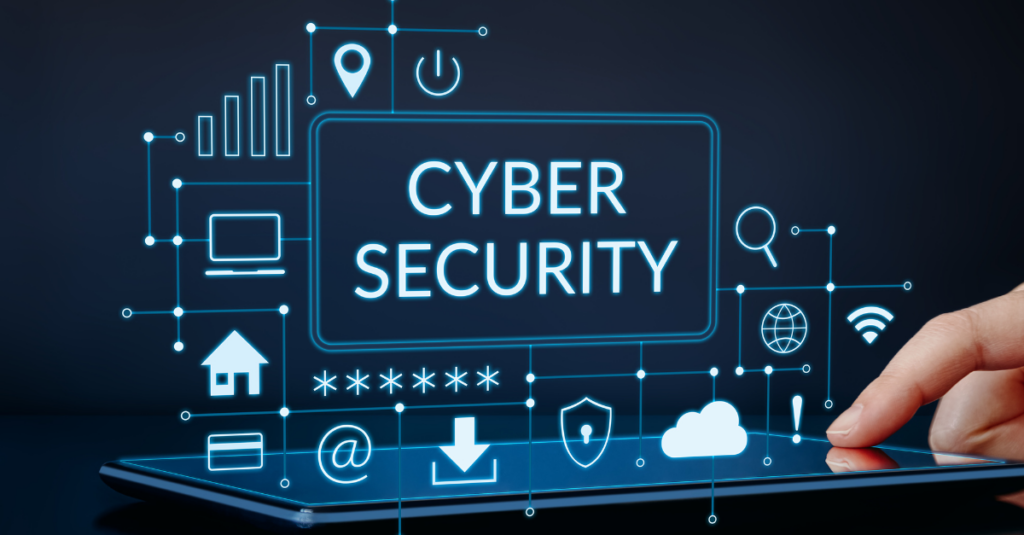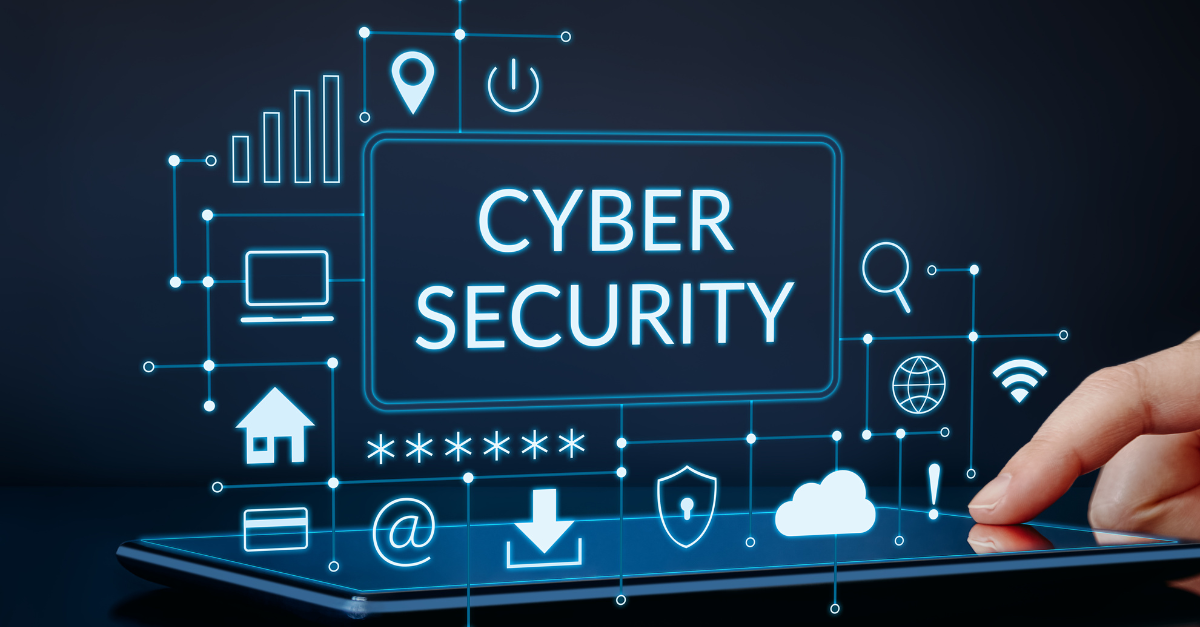In today’s digital age, cybersecurity is not just a buzzword- it’s a critical necessity, especially as cyber threats grow in complexity and frequency. Companies must constantly evaluate and upgrade their cybersecurity measures.
This is where ISO 27001 plays a pivotal role in providing a structured framework for assessing, implementing, monitoring, and continually improving an organisation’s information security posture. Nonetheless, remaining vigilant for signs that your cybersecurity measures may need upgrading is essential. Below are six signs that you need to upgrade your cybersecurity measures.
1. Frequent Data Breaches and Security Incidents
One of the most obvious signs that your cybersecurity needs an upgrade is the occurrence of frequent data breaches and security incidents. The last few years have experienced an increase in cyber attacks, leading to the exposure of sensitive information and financial losses. If your business has experienced multiple security incidents or data breaches within a short period, consider reevaluating your cybersecurity strategy.
2. Insufficient Network Security
As the backbone of your digital operations, inadequate network security can expose you to a wide range of threats. Whether an unsecured Wi-Fi network, lack of intrusion detection systems, or outdated firewall rules, neglecting network security can be a costly mistake. Here’s how to enhance your network security:
Secure Wi-Fi networks: Ensure your Wi-Fi networks are properly secured with strong passwords and encryption protocols, such as WPA3. Regularly change default router login credentials and consider setting up a separate guest network for visitors.
Firewall and intrusion detection: Invest in a robust firewall and intrusion detection system (IDS) to monitor network traffic for suspicious activity. Installing a firewall and intrusion detection system can help identify and mitigate potential threats before reaching your network. Regular security audits: Conduct regular security audits to identify vulnerabilities in your network infrastructure. Consider hiring third-party experts to perform penetration testing and evaluate your network’s resilience against cyberattacks.
3. Outdated Software and Systems
Running outdated software and systems is like leaving your front door open for cybercriminals. Aging software and operating systems are more susceptible to vulnerabilities, as software developers often discontinue support and updates for older versions. Cybercriminals actively exploit such vulnerabilities, gaining access to your systems to steal data and launch attacks. If you find yourself using outdated software, such as an unsupported operating system or obsolete applications, it’s time to upgrade. Thus, ensure you’re using the latest versions of all software and systems and regularly apply security patches and updates. In addition to using the newest software version, consider transitioning to cloud-based solutions with built-in security features and easier to maintain and update.
4. Weak or Reused Passwords
Passwords are the frontline defence for most of your online accounts, and weak or reused passwords can be an open invitation for cybercriminals. If you’re still using easily guessable passwords like “123456” or “password” or using the same password across multiple accounts, your cybersecurity needs a serious upgrade. Here’s how to strengthen your password security:
Complex passwords: Create unique, strong passwords for each account. A strong password should include a combination of upper and lower-case letters, special characters and numbers. Avoid using easily guessable characters or information like birthdays or names.
Password manager: Consider having or using a reputable password manager to generate, store, and autofill complex passwords for your accounts. Password managers not only make keeping track of your passwords easier but also prevent password reuse.
Two-factor authentication (2FA): Whenever possible, permit 2FA for your online accounts since requiring a second verification step, such as a temporary code sent to your mobile device, adds an extra layer of security.
5. Lack of Employee Training and Awareness
Your cybersecurity is only as strong as your weakest link, and often, that weak link is human error. Employing social engineering tactics like phishing emails, cybercriminals trick employees into revealing crucial company information or clicking on malicious links. Thus, your organisation may be at risk if your employees lack proper training and awareness of these threats.
Investing in cybersecurity training and awareness programs for your employees is a proactive approach to upgrading your security. Provide a detailed cybersecurity training programme for all employees – covering topics such as identifying phishing emails, secure password practices, data handling procedures and cyber incident planning and response. Regularly conduct cyber attack simulation exercises to test the vigilance and decision-making skills of your staff, and provide ongoing education to keep them informed about the latest threats and best practices.
Since cyber threats evolve rapidly, consider providing regular updates and refresher courses to ensure employees are up to date with the latest cybersecurity threats and strategies. Ensure your staff can recognize phishing attempts, understand the significance of data protection, and how to report suspicious activity.
6. Inadequate Endpoint Security
Endpoints (laptops, desktops, and mobile devices) are often the entry points for cyber attacks. If you’ve noticed that your organisation’s endpoint security is lacking or if you rely solely on traditional antivirus software, it’s time to upgrade your cybersecurity strategy.
Modern threats, like advanced malware and zero-day vulnerabilities, require advanced endpoint security solutions. Ensure that all endpoints are equipped with up-to-date endpoint protection software, often referred to as antivirus or antimalware solutions. Endpoint protection software is designed to detect and block malicious software, providing a crucial defence against threats. Apart from endpoint protection software, implement a robust patch management system for all endpoints. Regularly update operating systems and software applications to patch known vulnerabilities. Cybercriminals often target outdated software to gain access to endpoints.
Consider enabling encryption on all endpoint devices, especially laptops and mobile devices. Since encryption scrambles data to make it unreadable without the proper decryption key, it protects sensitive information in case of theft or unauthorized access. Access control is equally important. Consider enforcing robust access controls and authentication mechanisms. Use multi-factor authentication (MFA) to ensure only authorised personnel can access sensitive data and systems. To reduce the risk of breaches, consider implementing EDR solutions that provide real-time monitoring and response capabilities since they can identify and mitigate threats at the endpoint level.






